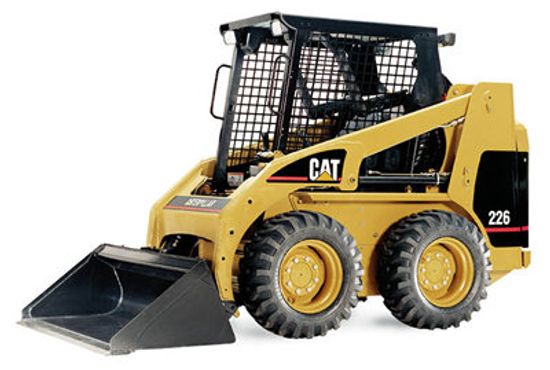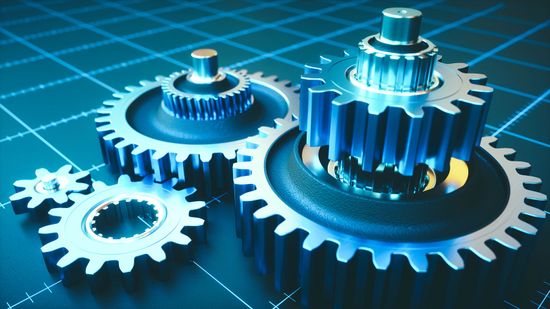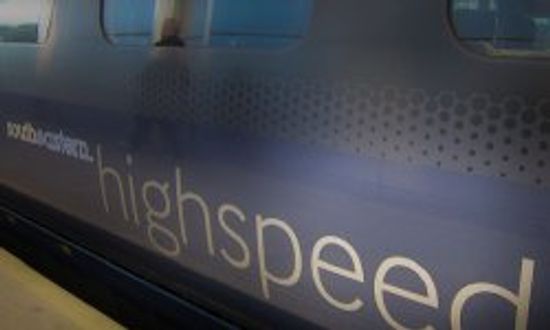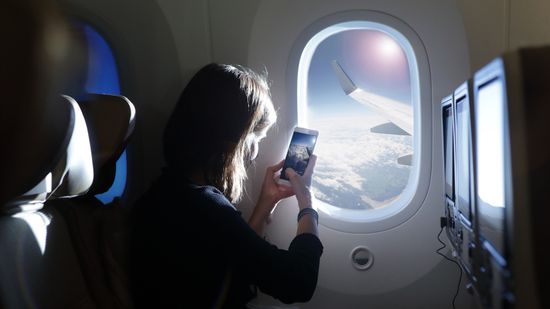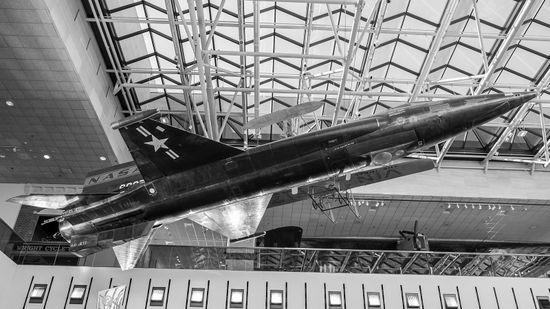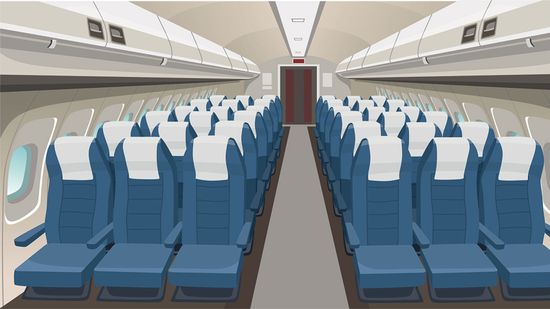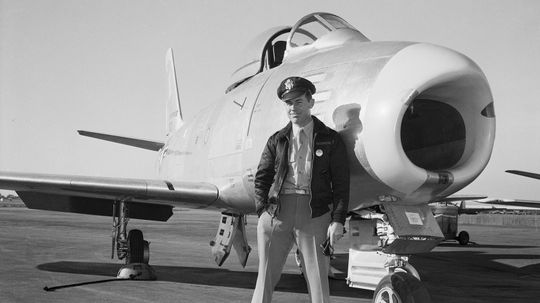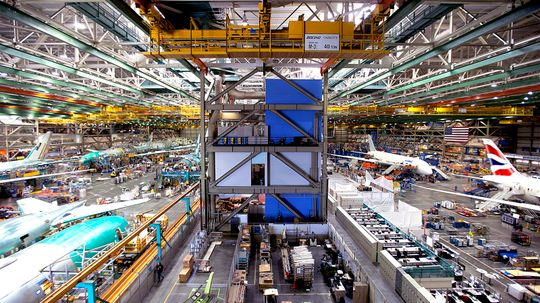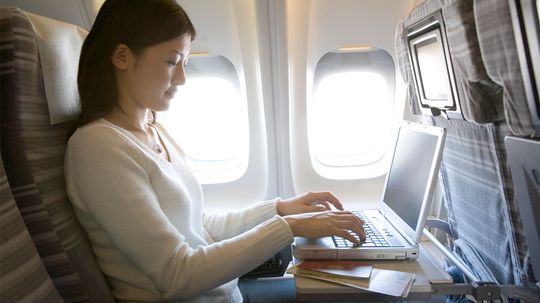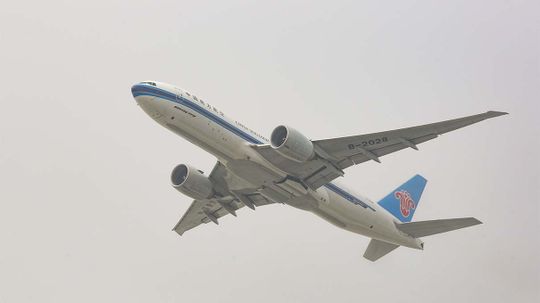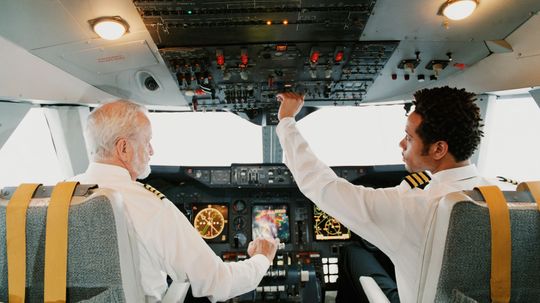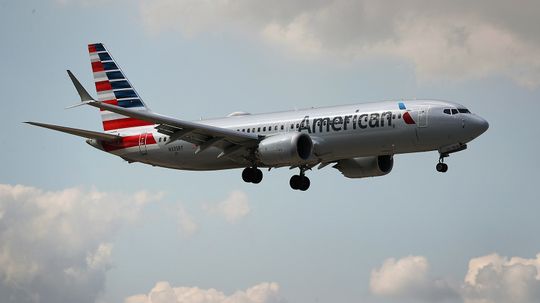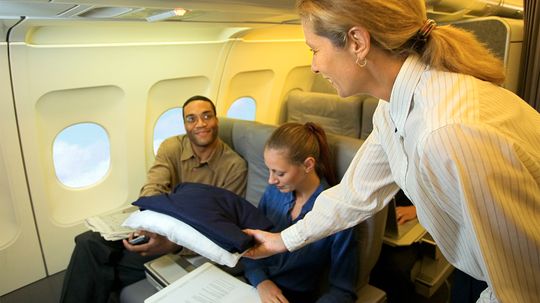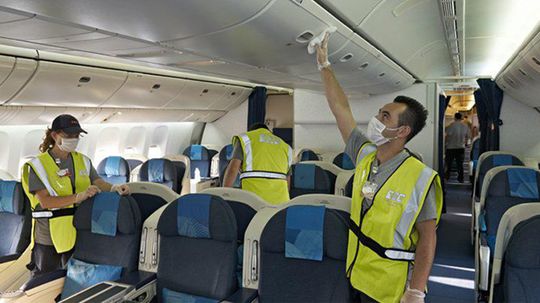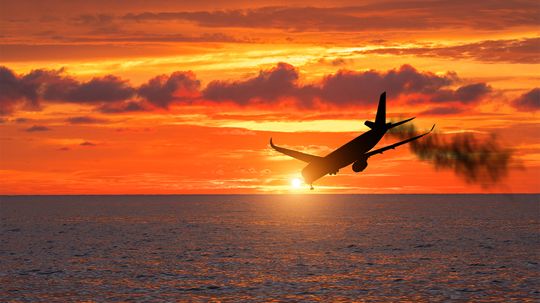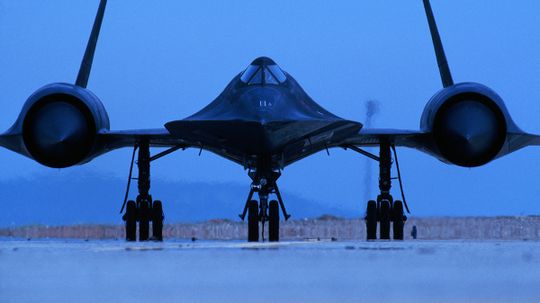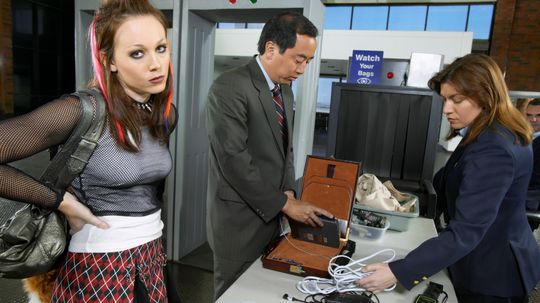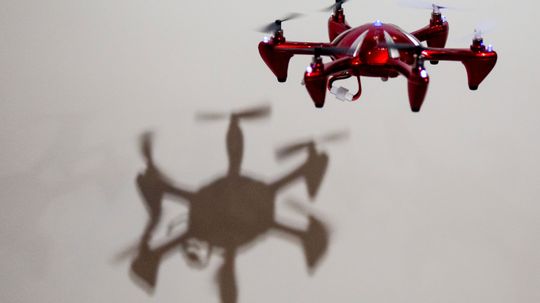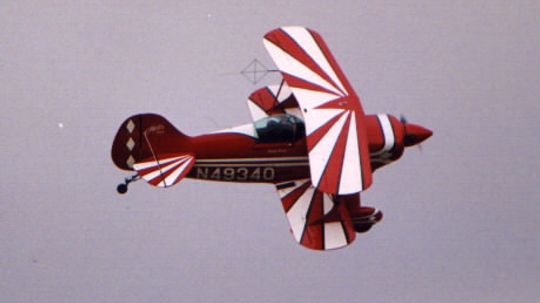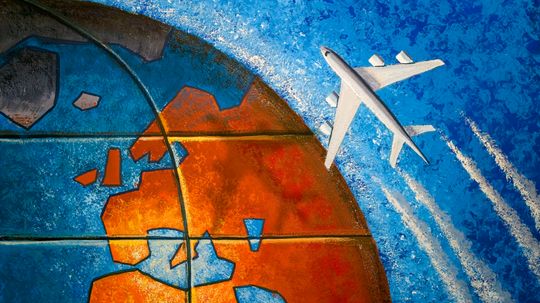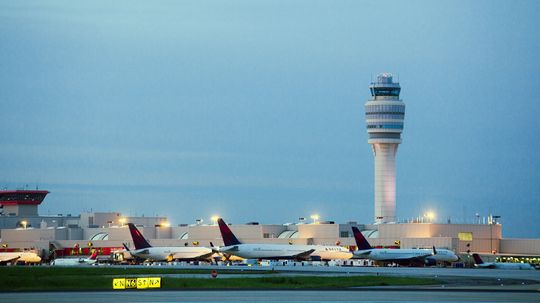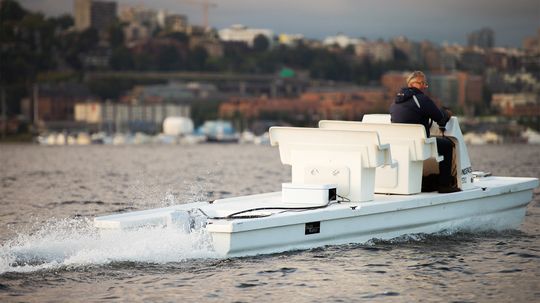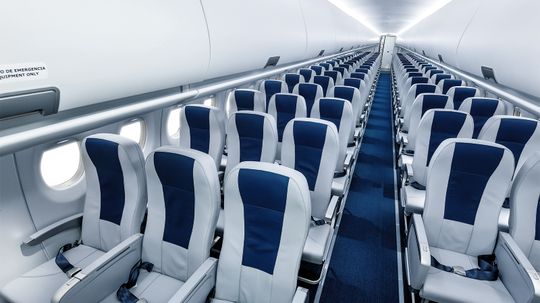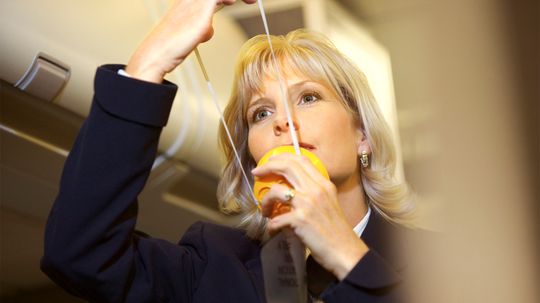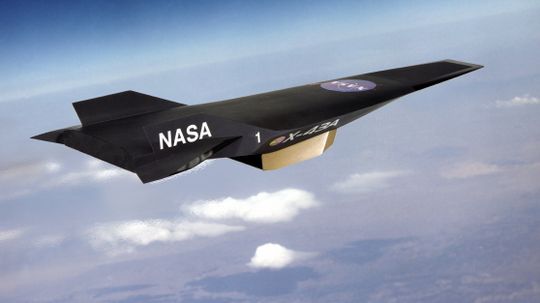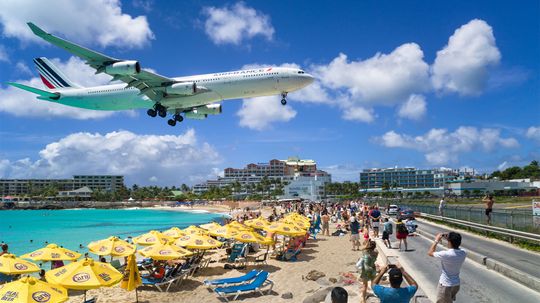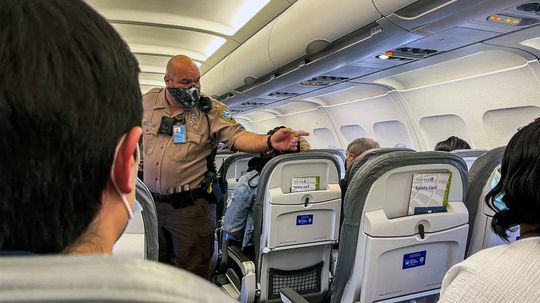Transportation
Many of us take public transportation or fly in airplanes on a regular basis, but have you ever wondered how all of these things work? This collection of transportation articles help explain how people get from place to place.
Learn More / Page 5
Before Yeager did it, people thought it was impossible to break the sound barrier in flight. But he proved them wrong, even flying the plane while nursing two cracked ribs.
With 36,000 workers, it has its own fire department, banks, day care facilities, medical clinic and water treatment plant.
Ever sat on an airplane and wondered how your laptop works at 30,000 feet?
Advertisement
Pilots on international flights use aviation English, a stripped-down, specialized version of the language, to communicate with air traffic controllers.
Your pilot apologizes for your plane leaving late but then assures you she can make up the lost time in the sky. Is she pressing extra-hard on the accelerator or what?
The Boeing 737 first flew into the world a half century ago. Here's the scoop on Boeing's fastest-selling airplane.
A blanket and pillow can transform a long, uncomfortable flight into a sleepfest, but not all airlines still hand them out. When they do, are they clean and safe to use?
Advertisement
Cleaning an airliner for the next flight is a complex undertaking that must be carried out rapidly. And it's even more important now during the coronavirus pandemic.
Although it doesn't happen often, large passenger jets crash for many reasons, from mechanical failure to pilot error.
Imagine whipping through the sky at thousands of miles per hour. This special type of jet engine can do exactly that.
Going through airport security is the worst part of flying for most people. Now you may be asked to turn your cell phone on in the security line. Why do you have to do that? And does it really keep us safe?
By Beth Brindle
Advertisement
They're the stuff of headlines, often characterized as evil in the sky. But what are drones and how do they get off the ground and fly?
The loops, rolls and rocketlike maneuvers these stunt pilots perform are astounding. What's the history behind aerobatics and how do they perform those tricks in the sky?
Measuring how fast an aircraft travels depends on whether you factor in the speed of the wind behind it.
Hartsfield-Jackson Atlanta International Airport was just named world's busiest airport, again. What lands the ATL in the No. 1 spot again and again?
By John Donovan
Advertisement
Electric-propelled boats, which are much quieter and more environmentally friendly than gas-powered motorboats, are finally beginning to hit the waves and find their market.
Airlines are flying planes with no passengers, due in part to the worldwide outbreak of coronavirus, but also for economic reasons that have nothing to do with disease.
Without the system that pumps unused air from an aircraft's engines into the cabin, passengers and crew would be unable to breathe at 30,000 feet. But how does that system work?
It's a bird! It's a plane! It's an unmanned aerial vehicle traveling faster than the speed of sound!
By Chris Opfer
Advertisement
Fear of flying? Here are 13 airports where location, terrain, weather and design limitations make takeoff and landing a challenge for pilots and a nail-biter for passengers.
Investigations into unruly-passenger incidents by the FAA have soared 168 percent through June over 2020's numbers. What's going on in the unfriendly skies? And what is the TSA doing to protect flight crews?
By John Donovan
Would you risk the mother of all jet lag if you could cross the U.S. in less time than it takes to pass through airport security? After all, your time is precious, and haven't supersonic and hypersonic technologies been around for decades now?
Ready for a fifth mode of transportation? Elon Musk is. He's sketched out a proposal for a nearly supersonic transportation system that could shoot you from San Francisco to Los Angeles faster than you can watch an episode of "Game of Thrones."
Advertisement
In 2015, the U.S. population numbered 320 million, but less than 10 percent of those people rode the rails. So who does?
By Julia Layton
Ever sprinted through one of these behemoth airports desperate to make a flight? Here are the world's seven largest airports, not by passenger volume, but by sheer size alone.
By Dylan Ris
